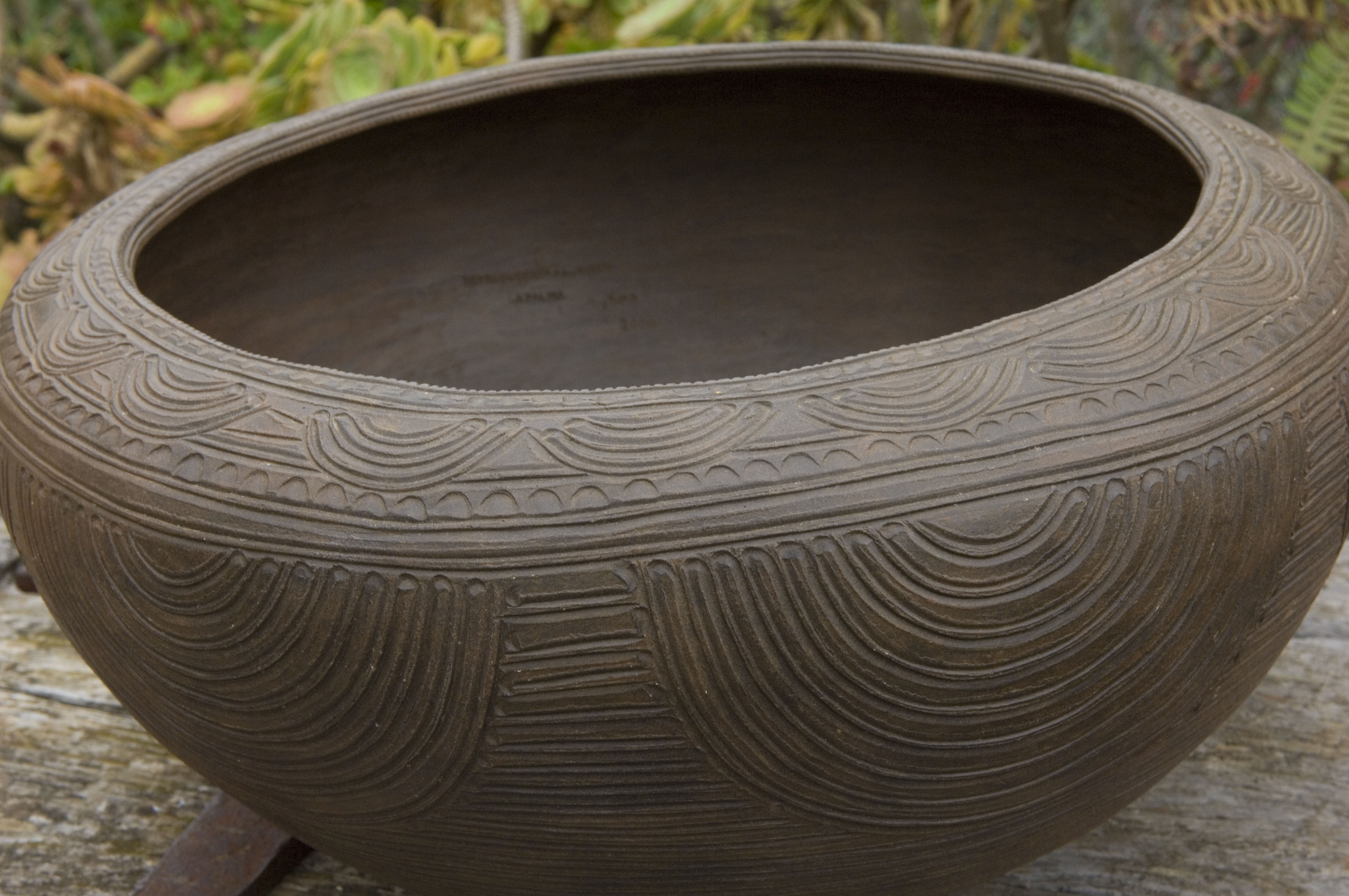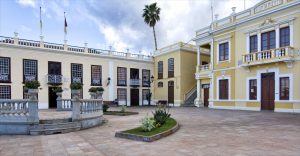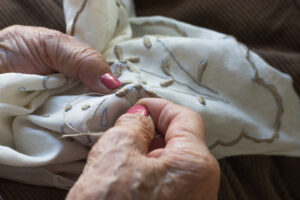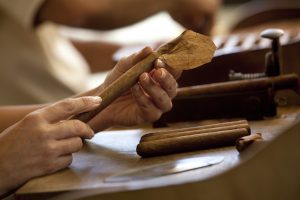
Nowadays, various craftsmen continue to apply the coil method used by the prehispanic inhabitants for making their gánigos or pots. Starting with the masapé, a dark clay obtained in the north of the island, and using the coiling technique, they shape the replica of an original pot, lent to them by museums or private collectors. Once the piece is dry, a first burnishing is carried out using pebbles wetted in water, and the characteristic geometrical patterns of the indigenous inhabitants are etched in: meanders, spirals, and curves intermingle in almost infinite combinations. After a second burnishing with an oily substance, the piece is fired for between 12 and 14 hours, at a temperature of around 700º.
At present, the reproduction of prehispanic originals coexists with the manufacture of household pottery, including pieces still used in the island’s kitchens: toasters, earthenware dishes,chestnut roasters, basins, braziers, and bernegales (large jars for storing drinking water). This traditional industry has been in existence for about five centuries in the rural sphere, and has survived practically unchanged till the present day.

 Español
Español English
English Deutsch
Deutsch 中文(简体)
中文(简体) Français
Français Nederlands
Nederlands Italiano
Italiano

